A fragrant, non-invasive honeysuckle

by
Douglas Hunt
(IC: professional)
Until very recently I thought there were two choices when it came to honeysuckle: you could have the gloriously fragrant but notoriously invasive Japanese variety, Lonicera japonica, or you could have the well-mannered and showy, but non-fragrant, native version, Lonicera sempervirens.
Then I read a post by the always informative Margaret Roach on her A Way to Garden web site in which she interviewed vine guru Dan Long of Brushwood Nursery, and he recommended the so-called Dutch honeysuckles, Lonicera periclymenum, as fragrant, non-invasive alternatives. ( http://awaytogarden.com/fragrant-clematis-and-more-scented-climbers-with-dan-long/ )
More recently, on a visit to the annual plant sale at Leu Gardens in Orlando, a friend and knowledgeable plantsman pointed out Lonicera x heckrottii, which he said he had grown in New Orleans without a sign of its being invasive. His comment, and one whiff of the flower, and I was sold. (Another plus: it looks great with Bignonia capreolata “Tangerine Beauty,” with which I’m going to pair it on my pergola.)
Confusingly, this plant is sometimes referred to as goldflame honeysuckle, but that is also the name of a widely available cultivar of it. For this reason, the Missouri Botanical Garden calls it everblooming honeysuckle, which I certainly hope will be the case.
All the sources I have since consulted show Lonicera sempervirens as one of the parent plants of this hybrid, but I found no agreement on the rest of its DNA. Sunlight Gardens, which focuses on native and naturalized species from the Eastern U.S., says it’s a cross between the native and Lonicera americana, which despite the name is a European species. The Royal Horticultural Society says it is a cross between the native and Lonicera x italica, the Italian honeysuckle. Tim Wood of Spring Meadow Nursery, who hunts for plants sold under the Proven Winners label, says it actually contains the genes of three species, the native, plus Lonicera etrusca, a Mediterranean species, and Lonicera implexa, a species native to Africa.
Since everyone agrees it has the native in its heritage, I am going to enjoy the beautiful flowers and glorious fragrance with a clear conscience, and hope that it will entice migrating hummingbirds to stop a little longer on their way.
Lonicera x heckrottii is hardy from zone 5 (with protection) to 9. It will be deciduous in the northern limits of its range, but elsewhere should be evergreen.
Then I read a post by the always informative Margaret Roach on her A Way to Garden web site in which she interviewed vine guru Dan Long of Brushwood Nursery, and he recommended the so-called Dutch honeysuckles, Lonicera periclymenum, as fragrant, non-invasive alternatives. ( http://awaytogarden.com/fragrant-clematis-and-more-scented-climbers-with-dan-long/ )
More recently, on a visit to the annual plant sale at Leu Gardens in Orlando, a friend and knowledgeable plantsman pointed out Lonicera x heckrottii, which he said he had grown in New Orleans without a sign of its being invasive. His comment, and one whiff of the flower, and I was sold. (Another plus: it looks great with Bignonia capreolata “Tangerine Beauty,” with which I’m going to pair it on my pergola.)
Confusingly, this plant is sometimes referred to as goldflame honeysuckle, but that is also the name of a widely available cultivar of it. For this reason, the Missouri Botanical Garden calls it everblooming honeysuckle, which I certainly hope will be the case.
All the sources I have since consulted show Lonicera sempervirens as one of the parent plants of this hybrid, but I found no agreement on the rest of its DNA. Sunlight Gardens, which focuses on native and naturalized species from the Eastern U.S., says it’s a cross between the native and Lonicera americana, which despite the name is a European species. The Royal Horticultural Society says it is a cross between the native and Lonicera x italica, the Italian honeysuckle. Tim Wood of Spring Meadow Nursery, who hunts for plants sold under the Proven Winners label, says it actually contains the genes of three species, the native, plus Lonicera etrusca, a Mediterranean species, and Lonicera implexa, a species native to Africa.
Since everyone agrees it has the native in its heritage, I am going to enjoy the beautiful flowers and glorious fragrance with a clear conscience, and hope that it will entice migrating hummingbirds to stop a little longer on their way.
Lonicera x heckrottii is hardy from zone 5 (with protection) to 9. It will be deciduous in the northern limits of its range, but elsewhere should be evergreen.
Enjoyed the project?
Published March 16th, 2014 8:34 AM
Comments
Join the conversation
3 of 93 comments
-
Where can I buy it in Orlando area? Does any Nursery or any individual have it for sale? Can call me at 407-657-5844 RT
 RT PANCHAL
on Dec 05, 2014
RT PANCHAL
on Dec 05, 2014
-
@RT PANCHAL I suggest you check with one of the big nurseries like Lukas. If they don't have it, I bought mine at the annual sale at Leu Gardens, which will be on March 14 and 15 next year.
 Douglas Hunt
on Dec 05, 2014
Douglas Hunt
on Dec 05, 2014
-
-
-
 Connie Bullock Nelson
on Jun 13, 2020
Connie Bullock Nelson
on Jun 13, 2020
How big is the roots. Can I plant this next to the house?
-

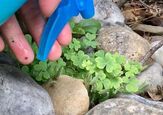

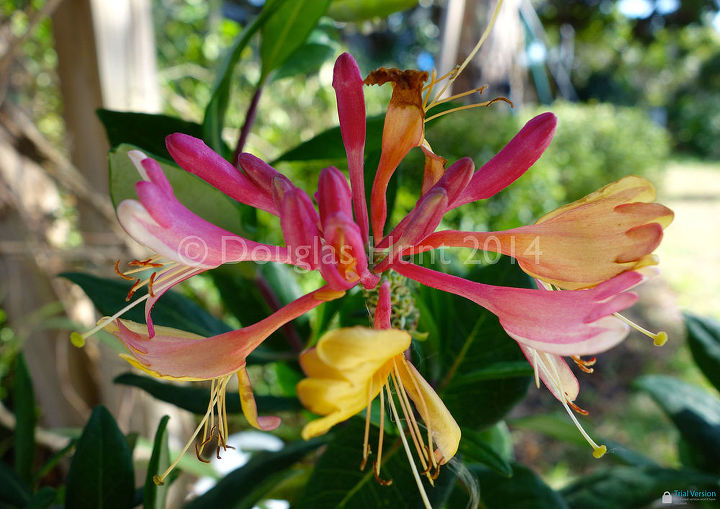
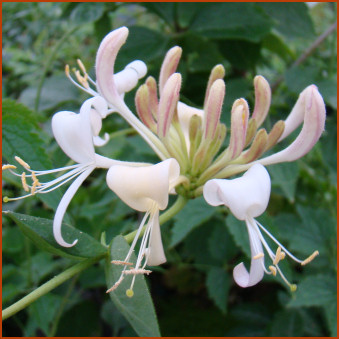
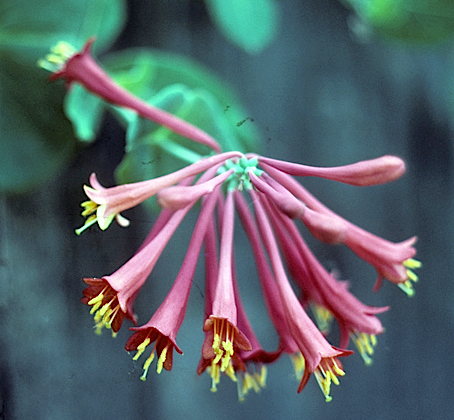

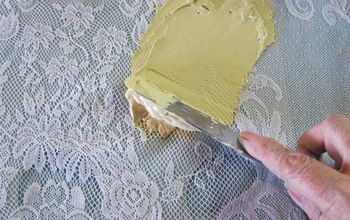
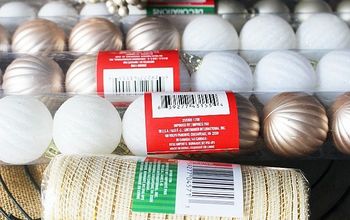



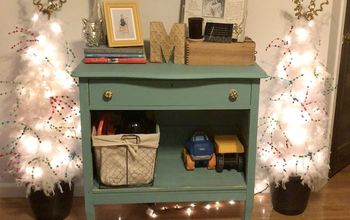
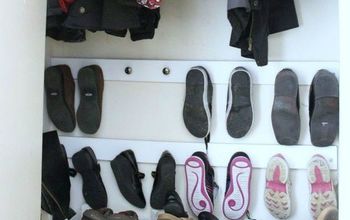
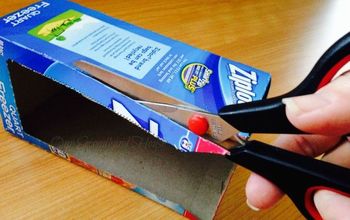
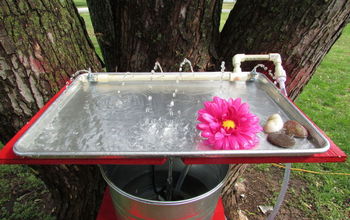
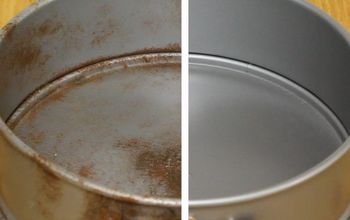


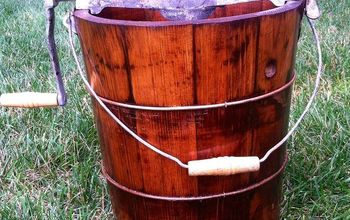

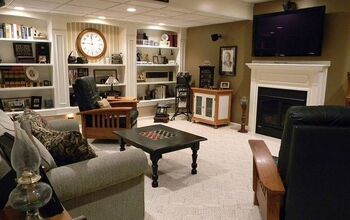
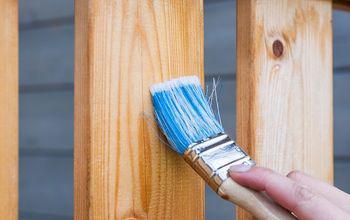
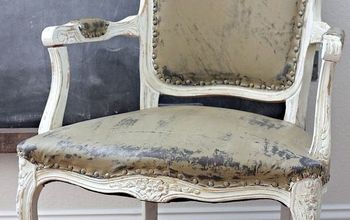

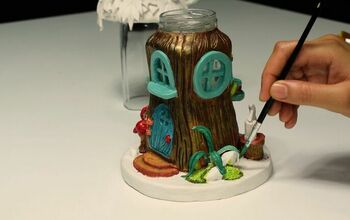
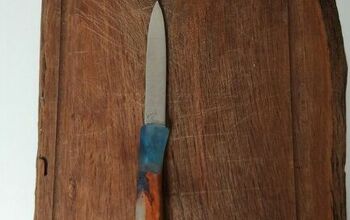
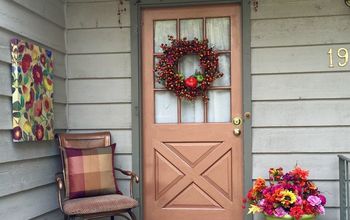
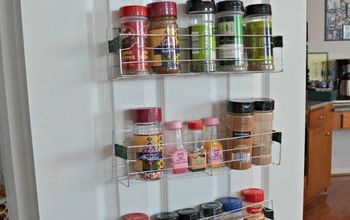
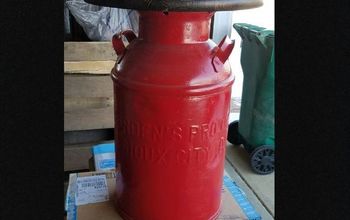
Frequently asked questions
Have a question about this project?
i have had honeysuckle vines creeping through my yard for years. It never blooms, but crowds out other plants. I pull and pull, but it is still all over. What can I do?